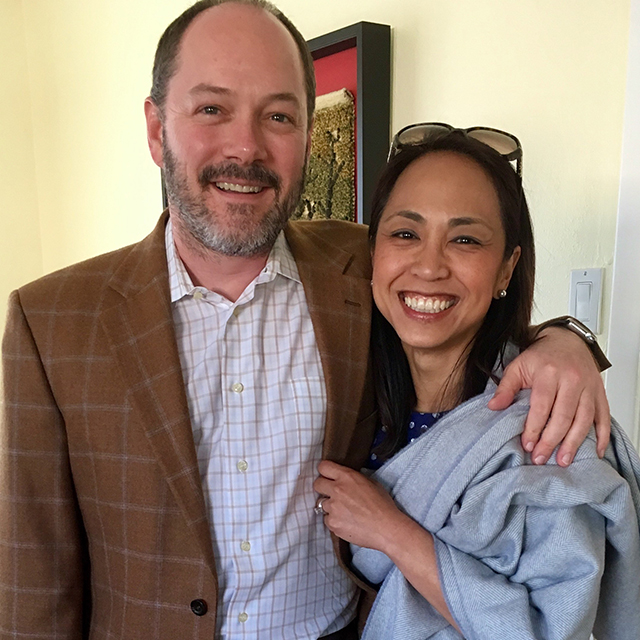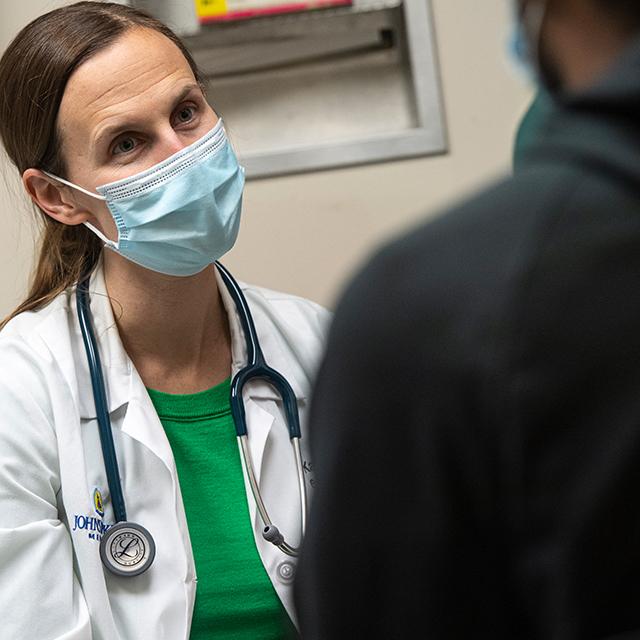As I write this, Osler residents continue to lead the care of patients afflicted with COVID-19. I remain humbled and inspired by our trainees’ selflessness and dedication, and I am increasingly hopeful that we will soon emerge stronger from this effort. I’d like to update you about how the pandemic has affected training and patient care, as well as sharing some innovations to our program since the pandemic struck.
Here’s my report, from the front lines:
First, care of patients with COVID-19 has required strict cohorting of patients. This led to “geographic” wards — a paradigm we and other medical centers could only imagine pre-pandemic. In this structure, every Osler firm cares exclusively for patients on their floor. This creates wonderful benefits. The firms and nurses develop meaningful, trusting relationships. Patients are seen more often. Communication among the entire multidisciplinary team is more likely to be seamless. And, patient care, including rounds, is far more efficient. Because of these experiences, we have held on to this model.
Second, the pandemic has prompted a much-needed investment in physician-scientist development for our residents. The need for therapeutics and vaccines exposed the urgency for us to lead in this arena, and we are so grateful to J. Mario Molina, M.D. (Osler, 1994) for generously offering a matching grant to support physician scientists in advancing this work.
Finally, we have learned how to use new methods of communication and education effectively. Medical Grand Rounds via Zoom has engaged more attendees and is more interactive than in person. Didactic lectures are now supplemented with brief “fireside chats,” allowing residents to converse with faculty and each other from anywhere. Alumni have also been able to connect through our new “Legends” series and expanded social media presence. In addition, we’ve found exciting ways to meet applicants, using an all-virtual recruitment model.
We recognize that these changes do not replace the joy of being together in person, but they have introduced us to valuable opportunities. We intend to build on these innovative ways to combine in-person and traditional methods, as we inch closer to a post-COVID-19 world. We’re eager for what’s next and confident that this pandemic — however unwelcome — will leave us stronger and wiser than how we entered it.
In closing, let me share that we were all delighted to learn the wonderful news that President Joe Biden has named Rochelle Walensky (Osler, 1995) to serve as director of the Centers for Disease Control and Prevention. We are thrilled for her and proud of Rochelle’s illustrious career as a leader in infectious disease. She joins a host of Osler alums who continue to draw from their internal medicine residency training to improve the health of people in the U.S. and around the world.
Follow me @sanjayvdesai


